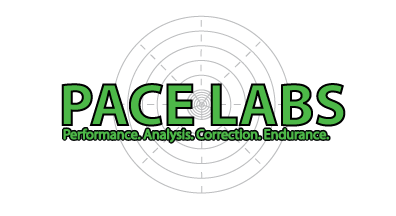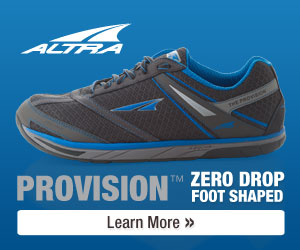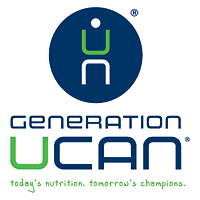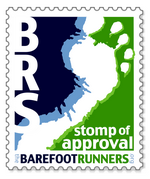Many people in the world suffer from lower back pain. In fact about 50% of all Americans suffer from lower back pain and those same Americans spend at least 50 billion each year to try and get rid of it. Those are some staggering numbers to consider when lower back pain can often be easily eliminated by strengthening some of the often overlooked muscle groups in the body.
The entire body is a system of counter balances between the muscles and sometimes one muscles gets stronger or tighter than its counter which causes joints to shift and sit in an unnatural position. All of this leads to joint issues and things like lower back pain. One of the muscles that are commonly overlooked are the glutes. The glutes are one of the largest and strongest muscles in the hip complex but rarely ever get any focus in resistance programs. A weak glute countered by tight hip flexors will cause a great amount of lower back pain and some simple exercises and stretches can go a long way for easing that pain. The next time your back is giving you grief then you should add these exercises and stretches into your routine.
Hip Flexor Stretch: Begin by sitting on the floor in the hurdler positionbut instead of leaning forward for the stretch you will lean to the side and twist your torso outward. When done properly you will feel those piano strings posing as your hip flexors stretching and it will feel really good.
Parallel Squats: Many people look at the squat as a leg exercise and it is but done with proper form is one of the best exercises for tightening up the glutes and giving them strength. With a shoulder width stance you will begin bending at the waist and knees, sitting the rear down and backward as if you were going to fall into a chair. Engage the core muscles and keep your weight on your heels as you squat down until the tops of your thighs are parallel to the floor. Return to standing upright while making sure to pull your pelvis forward until your body is in a straight line.
Stork Stance Deadlift: This might not be what you would consider a deadlift but I’m calling it that because it’s sort of a blend of two motions. The first would be a Stork Stance and the second being a Straight Leg Deadlift. Both are great movements in their own right but combined they take it to a whole other level. The movement begins by stabilizing on one leg and then pivoting the torso towards the ground moving only at the hip. The goal is to keep both legs and the torso straight throughout. At the bottom of the movement the torso and leg will ideally make a straight line. Return to the top position by using the glutes, hamstrings, and core to pull the torso upward. Keep the glutes and hamstrings contracted through the entire range of motion.







I’m not sure if you have, but if you haven’t, to continue the glute activation theme it might be a good idea to write an article about using your glutes instead of hamstrings as your main muscles pulling you forward when using bipedal locomotion (of course the hamstrings, quads and other muscles do have a part to play though).
Cheers!
FIAT LUX
That’s a great topic of discussion and writing Fiat. I just might have to do that of course it might wind up a series if I start talking about all the different structural variations that can affect which muscles should and would become dominant during motion. Everyone is so different.
I’ve got a question regarding hamstring and glute strengthening.
I understand that the glutes should be my main pulling muscle when running supplemented by the hamstrings, and pushed by the quads, all while being stabilized by the smaller leg and core muscles, but I have a problem.
When I go out for runs, my glutes usually feel fine, maybe sore sometimes, but my hamstrings get really sore, to the point of making it rather difficult to touch my toes (they keep a lot of lactic acid in them it seems).
I’ve purposely ignored strengthening my hamstrings for the last several months to try to equalize strength between them and my glutes, although I haven’t done much strengthening to my glutes either.
Do you think I should really focus on my strengthening my glutes? Or should I work on my hamstrings, or stretch them, or what?
Thanks!
FIAT LUX
It sounds like maybe you’re focusing on your hamstrings too much when you run. Are you purposely trying to squeeze and use them on the run? Doing something like that could easily cause your issues. You could also just have a bit of a dominance issue with the hams but it’s not something I would tell you to worry about. The glutes are a smaller muscle complex than the hams so it’s natural for the hams to want to do more. They are also responsible for a larger part of your range of motion when running so they really should be more tired at the end of a taxing run. I don’t think that laying off your hamstring work and trying to focus on glute work is the answer. Keeping your strengthening balanced and maybe trying to loosen/lengthen your hams is a better idea.
I have low back pain. I will do these exercises to make our body strong and reduce back pain. I hope I will recover soon by these physical exercises.